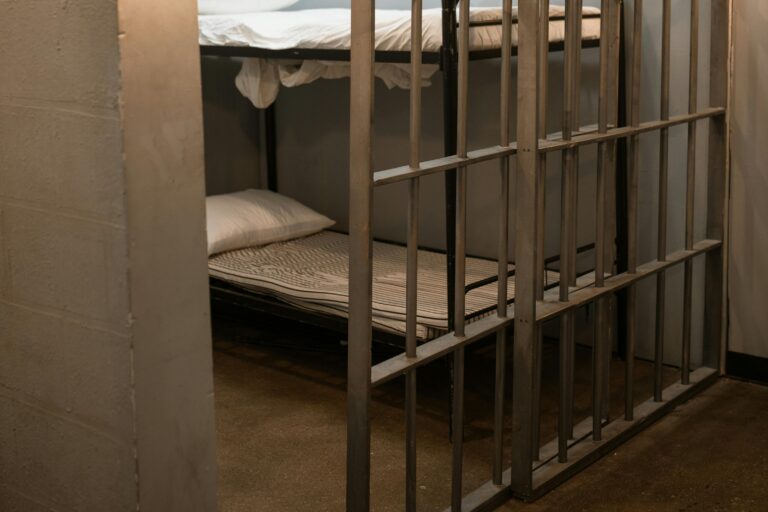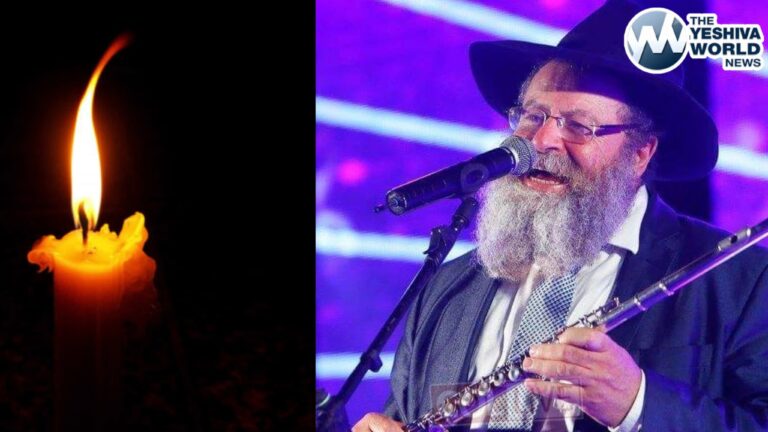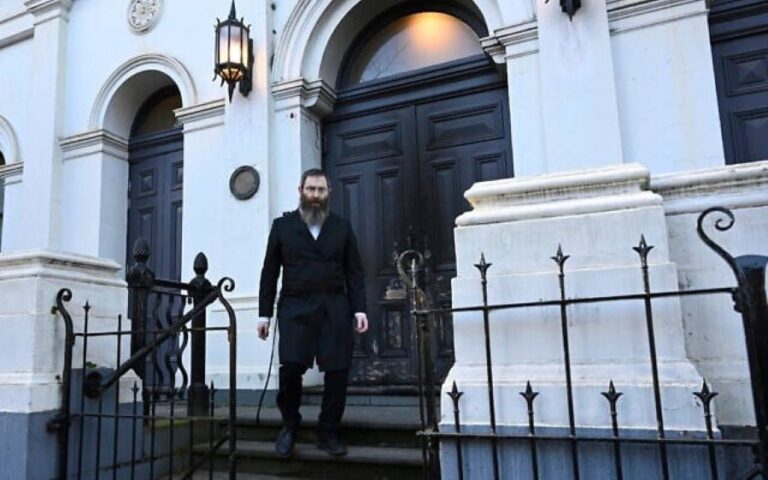 Seems hard to imagine, but early Sunday morning marks the 2010 return of Daylight Savings Time.
Seems hard to imagine, but early Sunday morning marks the 2010 return of Daylight Savings Time.
Making the change at the beginning of March instead of the beginning of April has been in place since 2007, when Congress didn’t have much else to do.
But since 2007, Congress outlined a plan to spring forward on the second Sunday in March and to fall back on the first Sunday of November.
In addition to changing your clocks, here’s a reminder from the New York City fire department: Change the batteries in your smoke detectors when you change your clocks to daylight saving time on Sunday. One third of all smoke detectors have dead, near dead or disconnected batteries in them doubling occupants’ chances of perishing in a home fire.
The FDNY says 70 percent of fire-related deaths occur in homes not equipped with a working smoke alarm.
SOME INTERESTING FACTS:
What is daylight-saving time?
Daylight-saving time is a system established to reduce energy use by extending daylight hours (clocks are set ahead one hour). This year, daylight-saving time begins at 2 a.m. on Sunday, March 14, 2010. Daylight-saving time ends at 2 a.m. In the past, daylight-saving time began in April and ended in October. However, an energy bill signed by President George W. Bush on August 8, 2005 extended daylight-saving time as part of a long-term solution to the nation’s energy problems. The new law extended daylight-saving time by four weeks; beginning three weeks earlier and ending one week later. Also under the new laws, the entire state of Indiana now observes daylight-saving time. Prior to the new laws, only certain areas of the state observed the time changes.
Exceptions in the United States
In the United States, Hawaii and most of Arizona do not follow daylight-saving time. The U.S. territories of Guam, Puerto Rico, Virgin Islands and American Samoa also do not observe daylight-saving time.
What countries follow daylight-saving time?
• About 70 countries around the world observe daylight-saving time.
• Neither China nor Japan observes daylight-saving time.
• Many other countries refer to “daylight-saving time” as “summertime.”
The history of daylight-saving time
1784 – Benjamin Franklin is thought to have come up with the idea for daylight-saving time. In a whimsical letter to a French journal, he said that Parisians could save thousands of francs a year by waking up earlier during the summer because it would prevent them from having to buy so many candles to light the evening hours.
1918 – The U.S. first adopts daylight-saving time, in the same act that created standard time zones, in an effort to save energy during World War I. It didn’t prove popular, and, as a result, it was repealed the following year.
1942 – President Franklin D. Roosevelt instituted “war-time,” a year-round daylight-saving time to save energy during World War II. After the year-round shift ended in 1945, many states adopted their own summer time changes.
1966 – Congress established a national pattern for summer time changes with the Uniform Time Act. The act came in response from the transportation industry, which demanded consistency across time zones. The U.S. Department of Transportation now oversees time changes in the United States.
1973 – An oil embargo by the Organization of Petroleum Exporting Countries led Congress to enact a test period of year-round daylight-saving time in 1974 and 1975. The test period was controversial; it ended after complaints that the dark winter mornings endangered children traveling to school. The U.S. returned to summer daylight-saving time in 1975.
1986 – The federal law is amended to start daylight-saving time on the first Sunday in April, beginning in 1987. The ending date of daylight-saving time was never changed, and remained the last Sunday in October through 2006.
2005 – On August 8, President Bush signs the Energy Policy Act of 2005 into law. Part of the act extended daylight-saving time starting in 2007, from the second Sunday in March to the first Sunday in November.
2009 – Daylight-saving time begins on Sunday, March 8 and ends on Sunday, November 1.
(Meir Lewittes – YWN / CNN Student News)











4 Responses
In Eretz Yisroel daylight saving time begins on Chol Hamoed Thursday night.
in london i think a week before peasach motzai shabbos or next week motzai shabbos
#1
I believe that Israel goes on summer time on the Freiday before April 2. This year that is March 26.
#3 learn to spell,it’s a bizayon for you